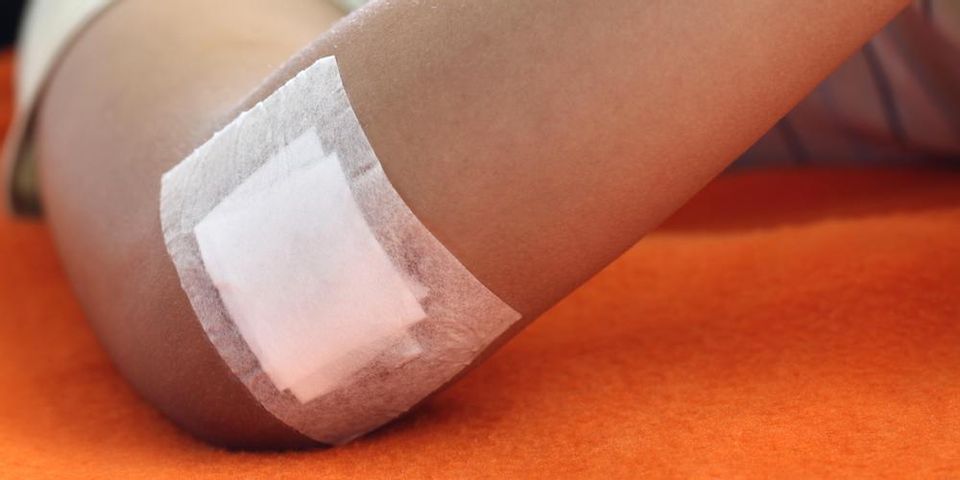A Simple Guide to Mole Removal & What You Should Know

When skin cells form in clusters—as opposed to spreading uniformly—they create moles. Also referred to as nevi, these growths can come in a variety of different appearances and are typically brown or black in color. Developing nevi is fairly common among adults and are usually benign. However, in some instances, the growth may be linked to a skin cancer known as melanoma. Fortunately, if a dangerous blemish is caught early enough, it can be removed to prevent the spread of this life-threatening disease. If you’re concerned about your dermatological health, here are a few important items to know about mole removal.
4 Mole Removal FAQ
1. What Are the Signs of a Cancerous Mole?
 Regularly scanning your entire body for atypical moles is the best way to stop potential skin cancer threats in their tracks. During these assessments, look for a nevus that is asymmetrical, multi-colored, changing in shape or size, or larger than a pencil eraser. Atypical nevi can occur for many different reasons, so the only way to know if it’s dangerous is to have it properly tested by a dermatologist.
Regularly scanning your entire body for atypical moles is the best way to stop potential skin cancer threats in their tracks. During these assessments, look for a nevus that is asymmetrical, multi-colored, changing in shape or size, or larger than a pencil eraser. Atypical nevi can occur for many different reasons, so the only way to know if it’s dangerous is to have it properly tested by a dermatologist.
2. How Are Growths Tested for Cancer?
If your dermatologist believes a mole is of particular concern, they will perform a biopsy to gently remove a small segment of the growth. This sample is then tested and observed to determine if the cells are benign or cancerous.
3. What Is the Mole Removal Process Like?
If your blemish is found to be cancerous, prompt and complete removal can help eliminate the threat. Cancerous nevi are typically removed with the help of lasers or scalpels. Non-cancerous moles, on the other hand, are often frozen off using liquid nitrogen.
4. How Should You Care for the Skin After Mole Removal?
For the most part, mole removal is a fairly quick and pain-free outpatient procedure. Afterward, your dermatologist will give you a few important instructions for care to promote proper healing. These steps include staying hydrated, avoiding sun exposure, and keeping the area moisturized until healing is finished.
Whether a blemish has you concerned about skin cancer or you simply want it gone, Central Carolina Dermatology Clinic is a leading provider of mole removal in the Triad region. Addressing skin care issues for more than six decades, this dermatologist can identify atypical growths quickly and remove them in the most comfortable way possible. And with three convenient locations in High Point, Kernersville, and Lexington, getting the treatment you need has never been easier. Visit the clinic online to learn more about their comprehensive services or call (336) 887-3195 to schedule a checkup with a friendly specialist.
About the Business
Have a question? Ask the experts!
Send your question

